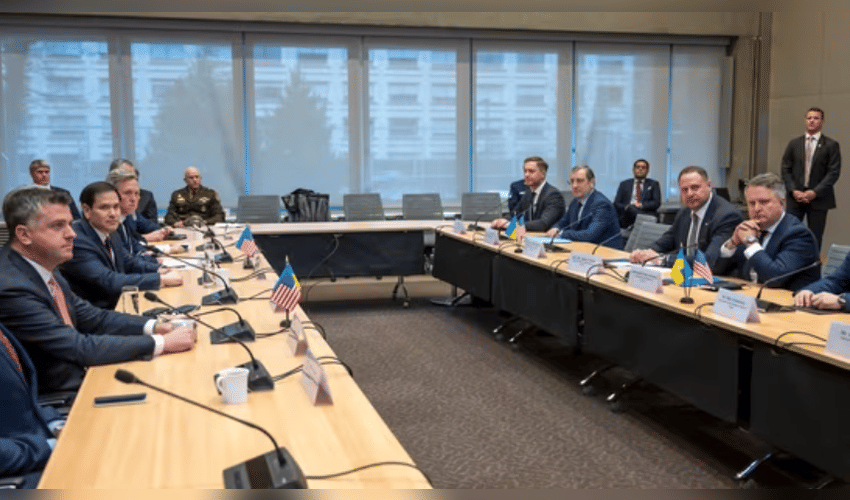World
US and Ukraine Reveal Updated Peace Plan to End Russia Conflict: What's New?

The United States and Ukraine have recently announced a refined and updated peace framework aimed at ending the nearly four-year-long conflict with Russia. This move follows intensive high-level talks in Geneva, where officials from both countries worked to address concerns about an earlier peace proposal that many viewed as heavily favoring Moscow's demands. The original 28-point plan, backed by former President Donald Trump, asked Ukraine to make substantial concessions, including territorial withdrawals, military downsizing, and stepping back from NATO membership aspirations. However, this initial proposal sparked significant debate and resistance within Ukraine and among its European allies.
The newly revised peace framework built on the original but includes crucial adjustments to better reflect Ukraine’s core strategic needs and national interests. One of the main issues addressed is the preservation of Ukraine’s sovereignty, which both countries reaffirmed as non-negotiable. The updated plan also seeks a sustainable and just peace that ensures Ukraine’s security, stability, and post-conflict reconstruction. Notably, the refinements appear to soften some of the more controversial territorial concessions demanded in the earlier draft while incorporating stronger security guarantees reminiscent of NATO’s mutual defense pledge—a point that Ukraine has long championed.
Despite progress, several complex issues remain unresolved, particularly around the exact terms for territorial control and security guarantees. The talks demonstrated significant advances in aligning the positions of Washington and Kyiv, but negotiators acknowledged that more time is needed to fine-tune the agreement and secure buy-in from Russia and the wider international community, including the G7 nations. The U.S. Secretary of State, who led the American delegation, expressed optimism that an agreement can be reached, stressing the importance of continued dialogue and negotiations.
President Trump’s administration has maintained pressure on Ukraine to finalize the peace deal, with a deadline initially set for late November. However, officials now indicate that this timeline may be flexible, with key Ukrainian leaders expected to engage in further discussions soon. The updated plan outlines restricting the size of Ukraine’s military forces to a level below the current capacity and setting a buffer zone along contested frontlines, while committing all parties to refrain from further aggression or NATO expansion.
This evolving peace initiative showcases the demanding balancing act between addressing Russian demands and safeguarding Ukraine’s sovereignty and security. It reflects diplomatic efforts to bring the war toward resolution while taking into account the geopolitical complexities plaguing Eastern Europe. If successfully implemented, it could mark a significant step toward ending the deadliest conflict in Europe since World War II, though much depends on how Moscow responds and whether all parties commit to a durable ceasefire and political settlement.
The updated peace framework is a reworked version of Trump’s original 28-point plan that aligns more closely with Ukraine’s interests, pledges strong security guarantees, proposes military and territorial compromises, and relies on ongoing negotiations to bridge the remaining gaps. The next phase involves intensive diplomacy as the parties seek a viable path forward to lasting peace and stability in the region.



